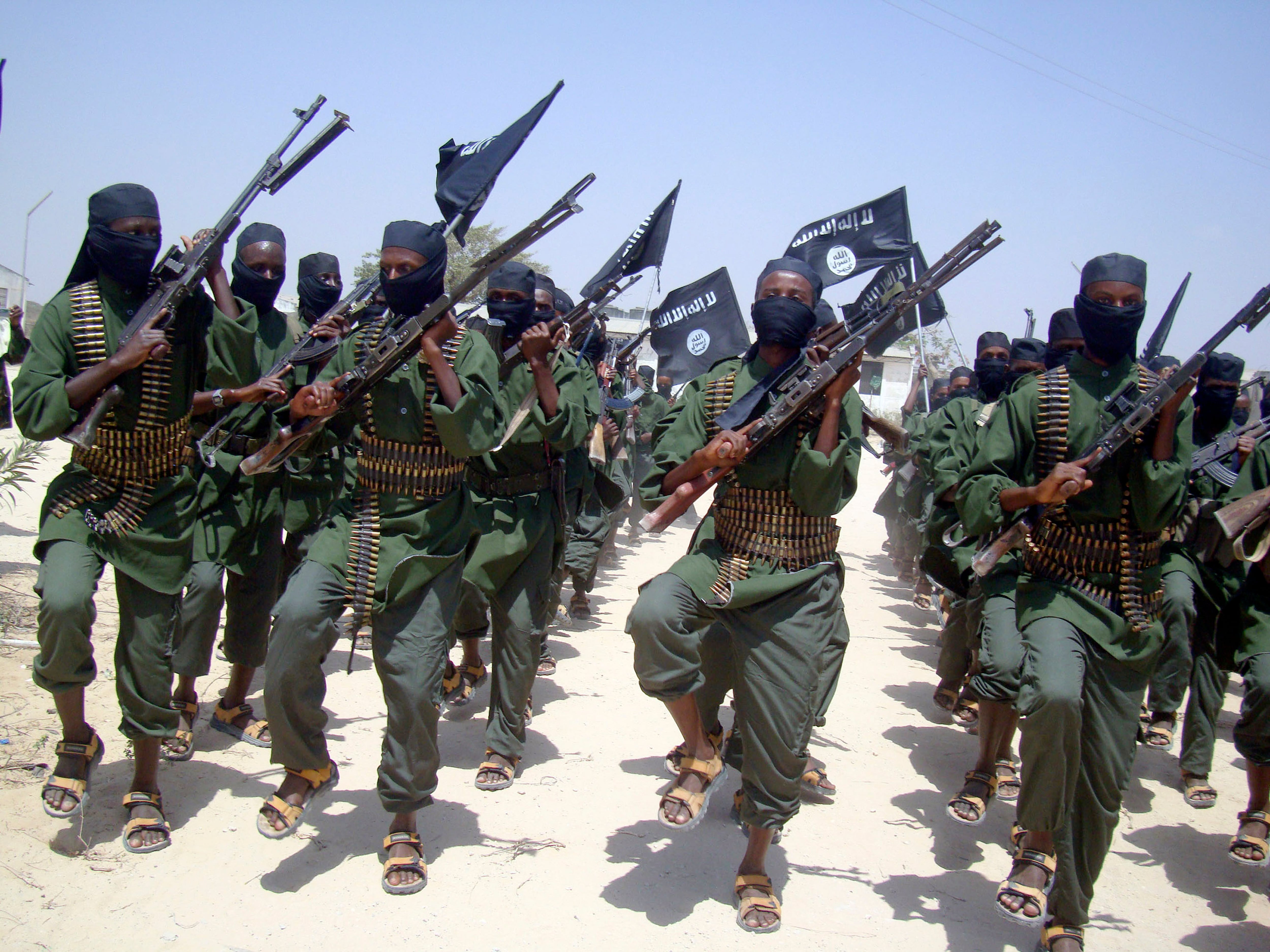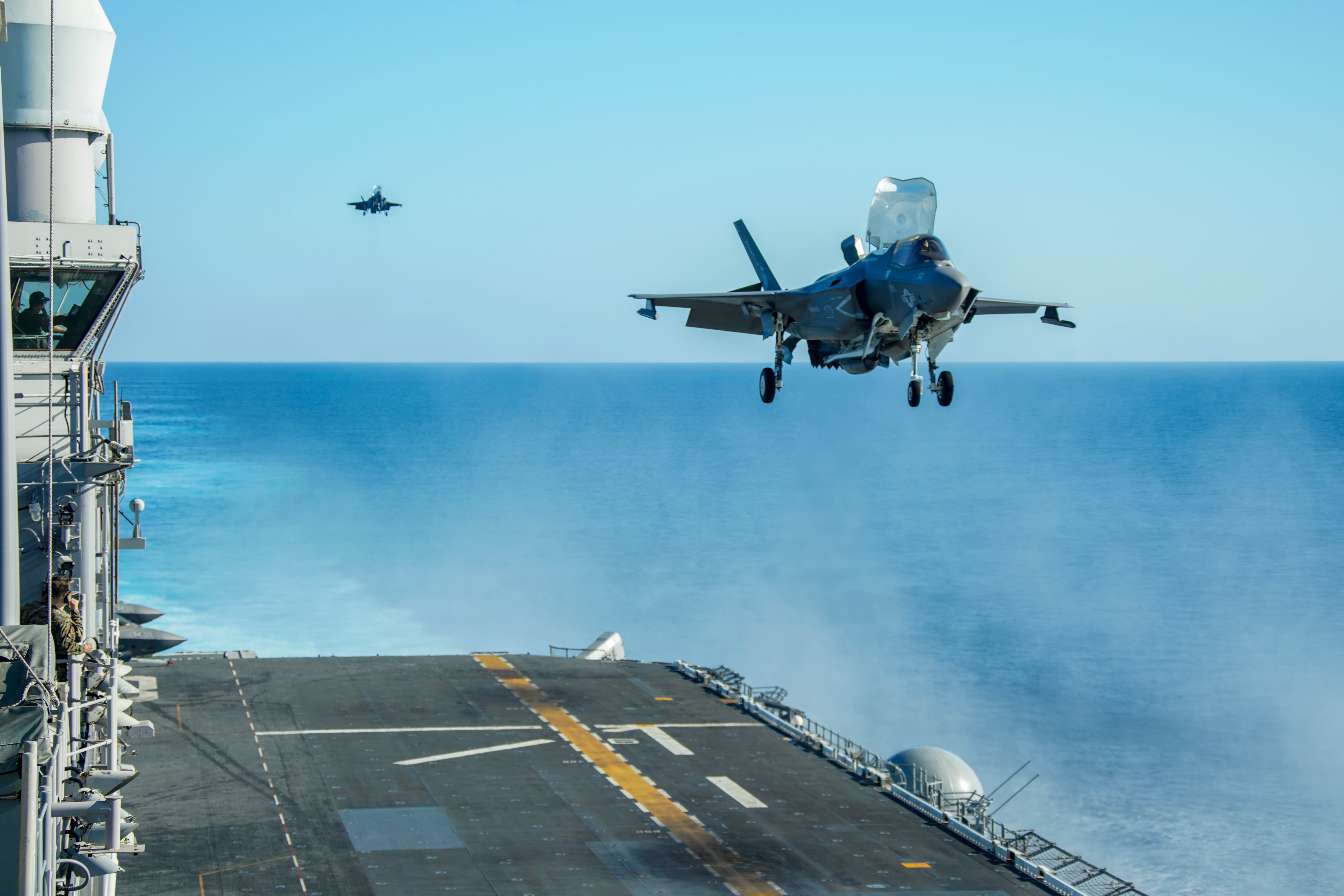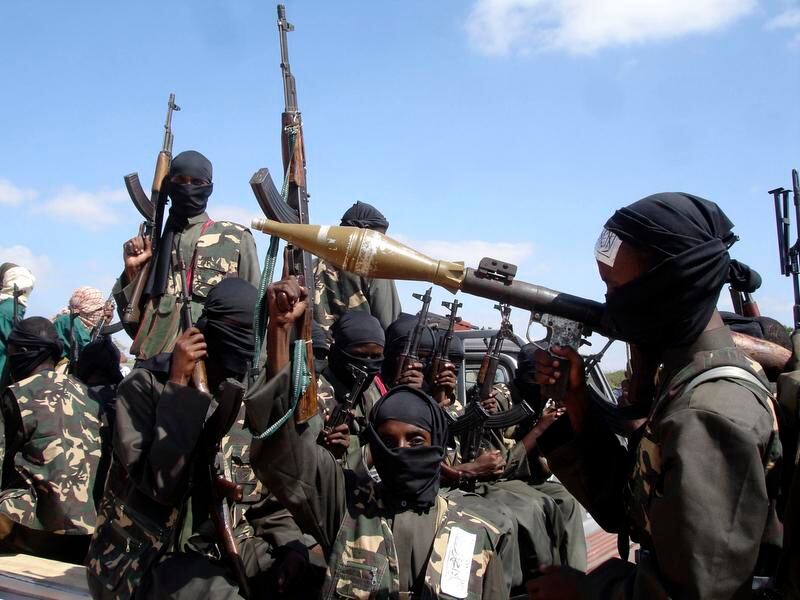Airstrikes targeting terrorists in Somalia have continued at a rapid pace since troops were relocated from the country earlier this month.
AFRICOM has conducted three airstrikes against al-Shabab compounds and key leaders in Somalia since Jan. 15, an estimated 700 troops withdrew from the country on orders from former President Donald Trump.
The command has conducted a total of six airstrikes since the new year began, according to an AFRICOM spokesman as of Jan. 24.
“Al-Shabaab remains a threat to the U.S. and a dangerous enemy,” said Air Force Col. Chris Karns. “…While al-Shabaab is unable to attack the U.S. homeland today, their ambition to do so in the future remains.”
RELATED

At current rates, 2021 is on course to surpass the number of airstrikes conducted in Somalia in previous years.
AFRICOM conducted 52 airstrikes in 2020, 63 in 2019, 47 in 2018, and 35 in 2017, according to Karns.
An airstrike destroyed an al-Shabab compound near Tiyeeglow, Somalia on Jan. 18, and two more strikes killed three al-Shabab operatives the following day near Jamaame and Deb Scinnele, according to AFRICOM press releases.
“These strikes targeted known al-Shabaab leaders involved in IED facilitation, fighter training, and attack planning,” Air Force Maj. Gen. Dagvin Anderson, Joint Task Force-Quartz commander, said of the Jan. 19 strikes. “Striking these leaders disrupts al-Shabaab’s ability to attack our partners and indiscriminately kill innocent civilians with improvised explosive devices.”
JTF-Quartz was created in December 2020 to oversee the relocation of U.S. troops in Somalia to other bases in East Africa and promised to maintain pressure on al-Shabab while doing so.
AFRICOM successfully completed the relocation just a few days prior to the Jan. 15 deadline set by President Trump, according to Karns.
RELATED

When asked how relocations will affect future operations against al-Shabab, Karns stated that adjustments will occur to the way operations are conducted, but pressure on the terrorist organization’s network will not let up.
The more than 200 airstrikes conducted against al-Shabab to date have served to kill enemy fighters and key leaders, disrupt their ability to plan and carry out attacks, prevent movement and communications, and impacted their ability to create safe havens, Karns said.
U.S. airstrikes have also prevented the terrorist organization from conducting operations outside Somalia’s borders, he added.
Al-Shabab is an affiliate of al-Qaida and the group’s “largest and most kinetically active branch,” Karns told Military Times.
When conducting airstrikes, AFRICOM takes tremendous care to avoid collateral damage and civilian casualties, the spokesman said.
AFRICOM currently assesses that five civilians have been killed and eight injured due to U.S. airstrikes in Somalia since 2017.
Officials are reviewing three more reports of civilian casualties to assess their accuracy.
AFRICOM has publicly released quarterly reports on civilian casualties as a result of U.S. airstrikes in Somalia since April 2020, but the command’s first substantiated instance of civilian casualties dates back to April 2018.
“Our kinetic operations in Africa follow a strict, disciplined, and precise process. Nobody is more devoted to the preservation of innocent life than the U.S. military, and our actions and processes reflect that fact,” said Army Gen. Stephen Townsend, commander of AFRICOM, when the command released its first civilian casualty report.
Harm Venhuizen is an editorial intern at Military Times. He is studying political science and philosophy at Calvin University, where he's also in the Army ROTC program.





